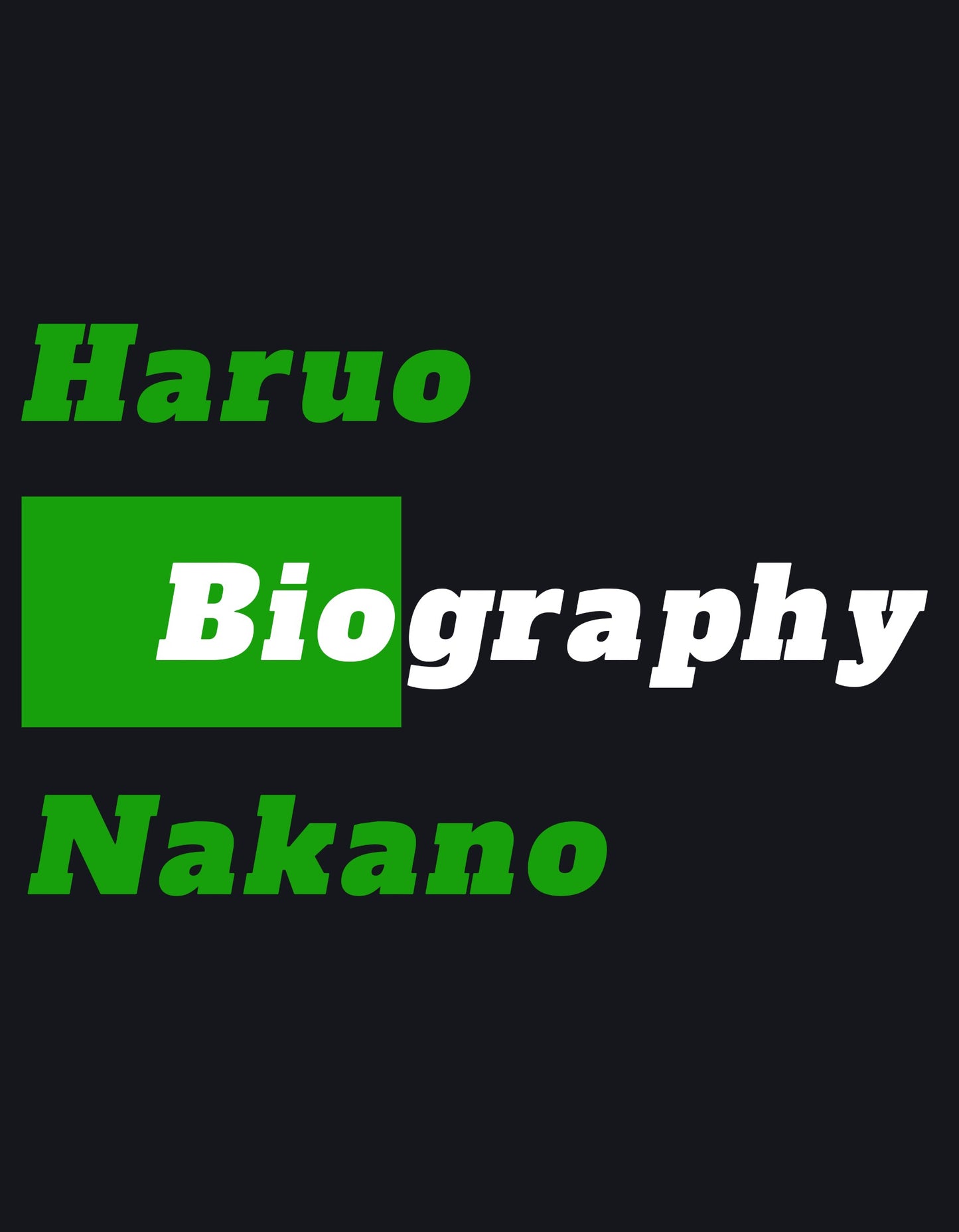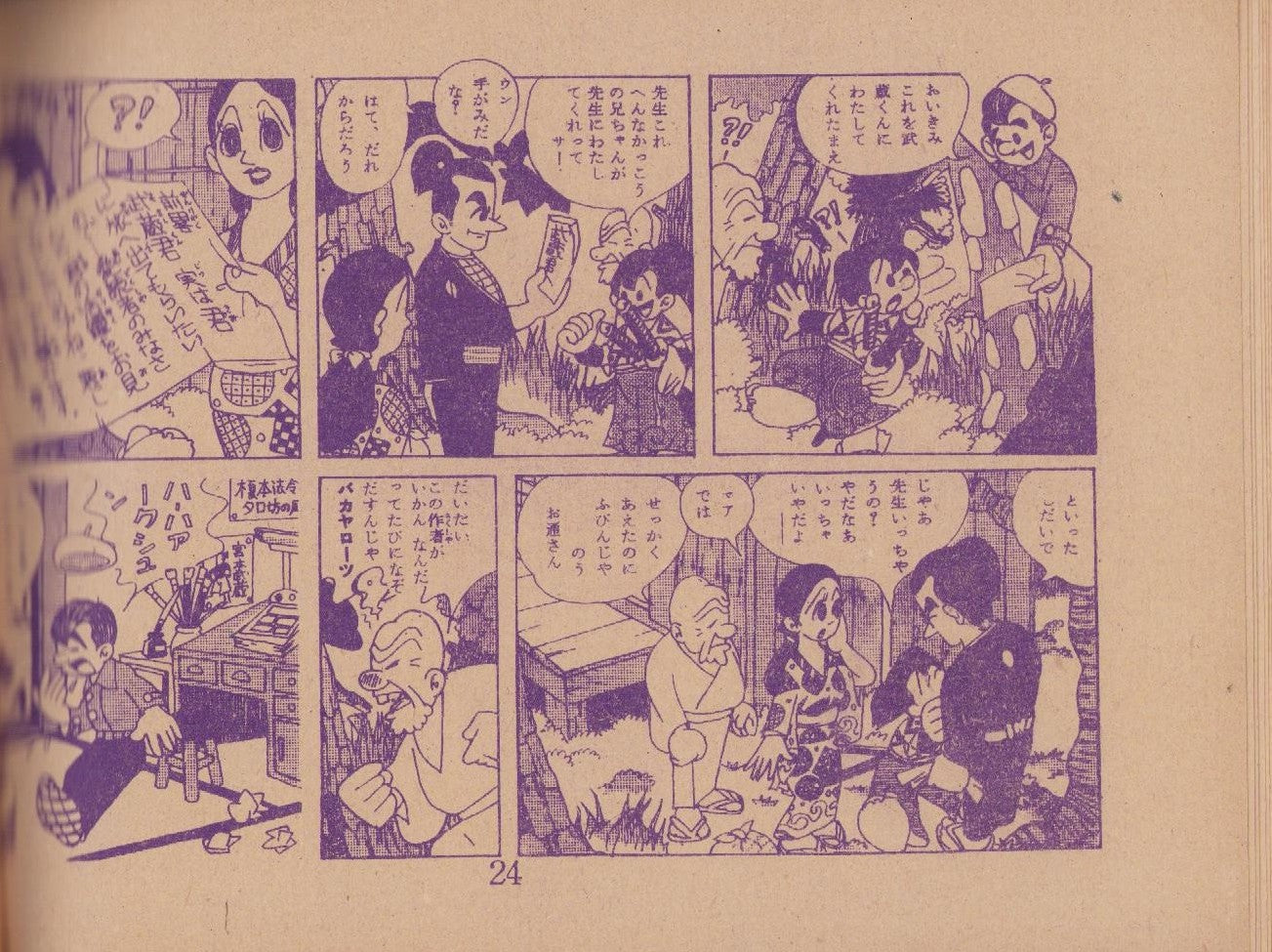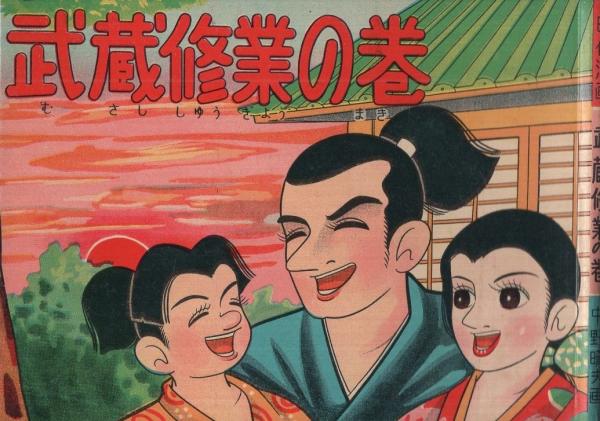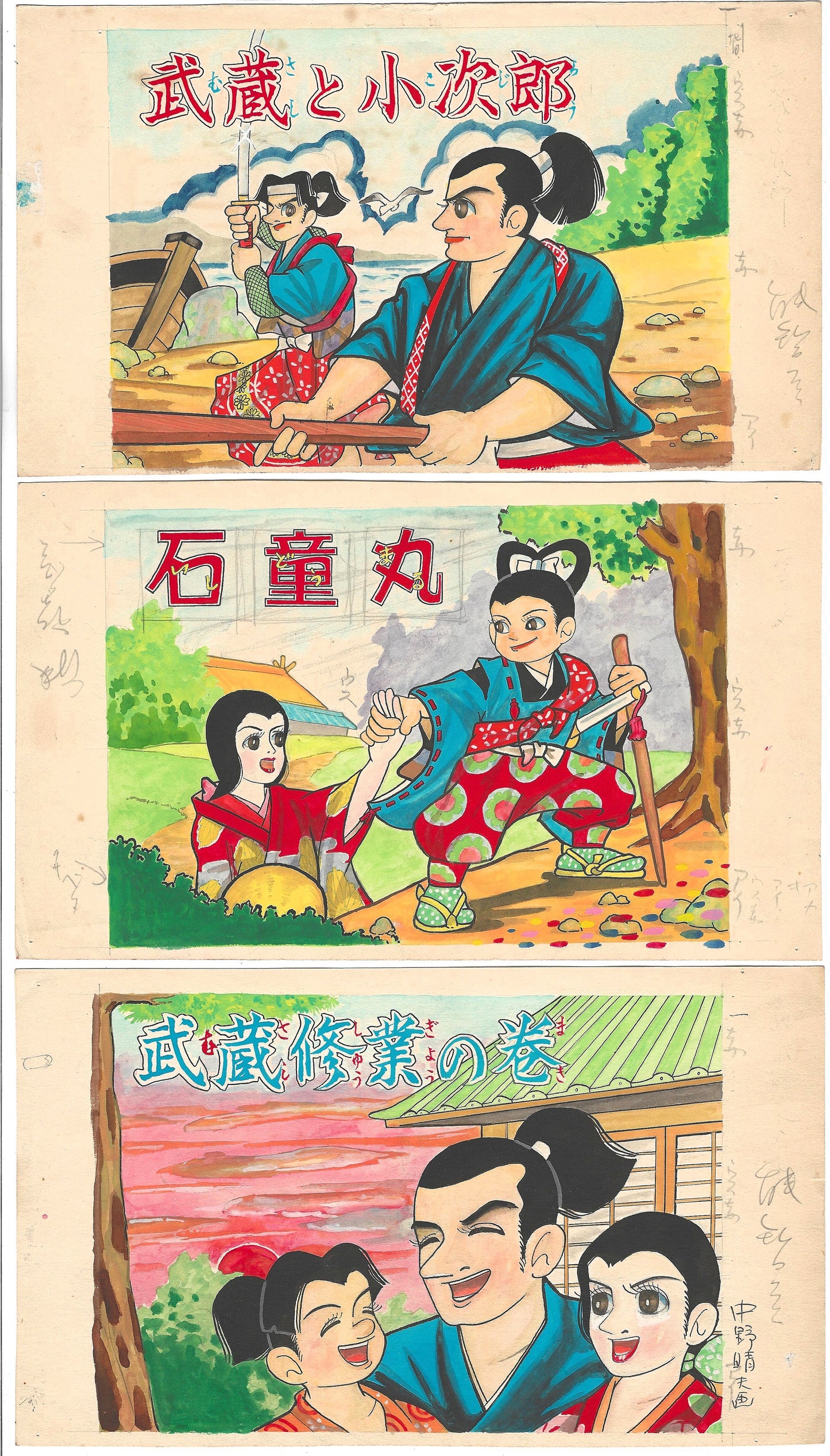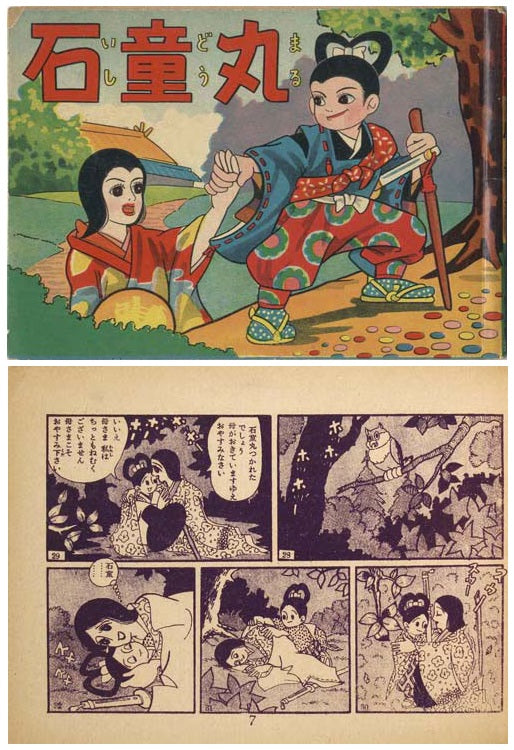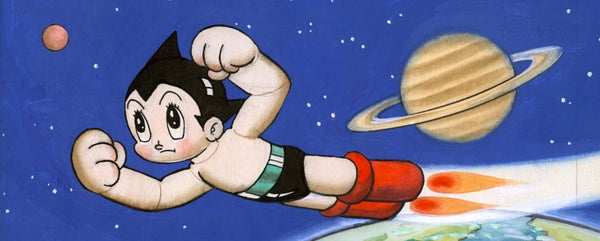Haruo Nakano
Biography | Haruo Nakano | Postwar Akahon Mangaka
Biography | Haruo Nakano | Postwar Akahon Mangaka
Couldn't load pickup availability
Haruo Nakano (中野晴夫)
Postwar Akahon Manga Artist (active ca. late 1940s to early 1950s)
Haruo Nakano (中野晴夫) was a Japanese manga artist active during the turbulent early postwar period, contributing to the brief yet vibrant world of akahon manga,
the cheap, colorful booklets sold through candy stores, toy shops and street stalls, between 1946 and the early 1950s.
Like many artists of this era, Nakano remains largely obscure, with only a handful of surviving works and little biographical detail. Yet he was unmistakably part of the pioneering generation that laid the groundwork for Japan’s postwar manga boom.
Nakano is confirmed to have worked with Enomoto Hōreikan, a small akahon publisher active at the height of the genre’s popularity. Among his known titles are Musashi and Kojiro, Musashi’s Training, and Ishidomaru, all typical examples of low-cost, mass-produced akahon manga. His works were printed in horizontal booklet format, often with red covers and modest production values. Drawing on historical and legendary material, Nakano’s stories reflect the era’s fascination with samurai heroes and dramatic adventure, staples of children’s popular culture at the time.
His name does not appear in canonical manga histories, which is hardly surprising given the informal and transitional nature of the akahon industry. Many artists of the period worked anonymously or under pseudonyms, were paid flat fees with no royalties, and received little or no lasting credit. The publishing conditions were rapid and disposable, with works intended more as temporary entertainment than enduring art. As a result, much of the creative labor from this period, including Nakano’s, has faded into obscurity.
It is likely that Nakano continued working in manga as the industry evolved into the more formalized kashihon manga system of the 1950s, but under what name or publisher remains unknown. No confirmed records of his later career or personal life have surfaced.
Despite the scarcity of surviving information, Haruo Nakano's presence in the akahon scene places him among the earliest commercial manga creators of the postwar era. His contributions, however modest and under documented, form part of the larger mosaic of artists who helped shape manga at a time when the medium was still finding its voice, emerging from the ruins of war into the beginnings of a cultural transformation.
Share
